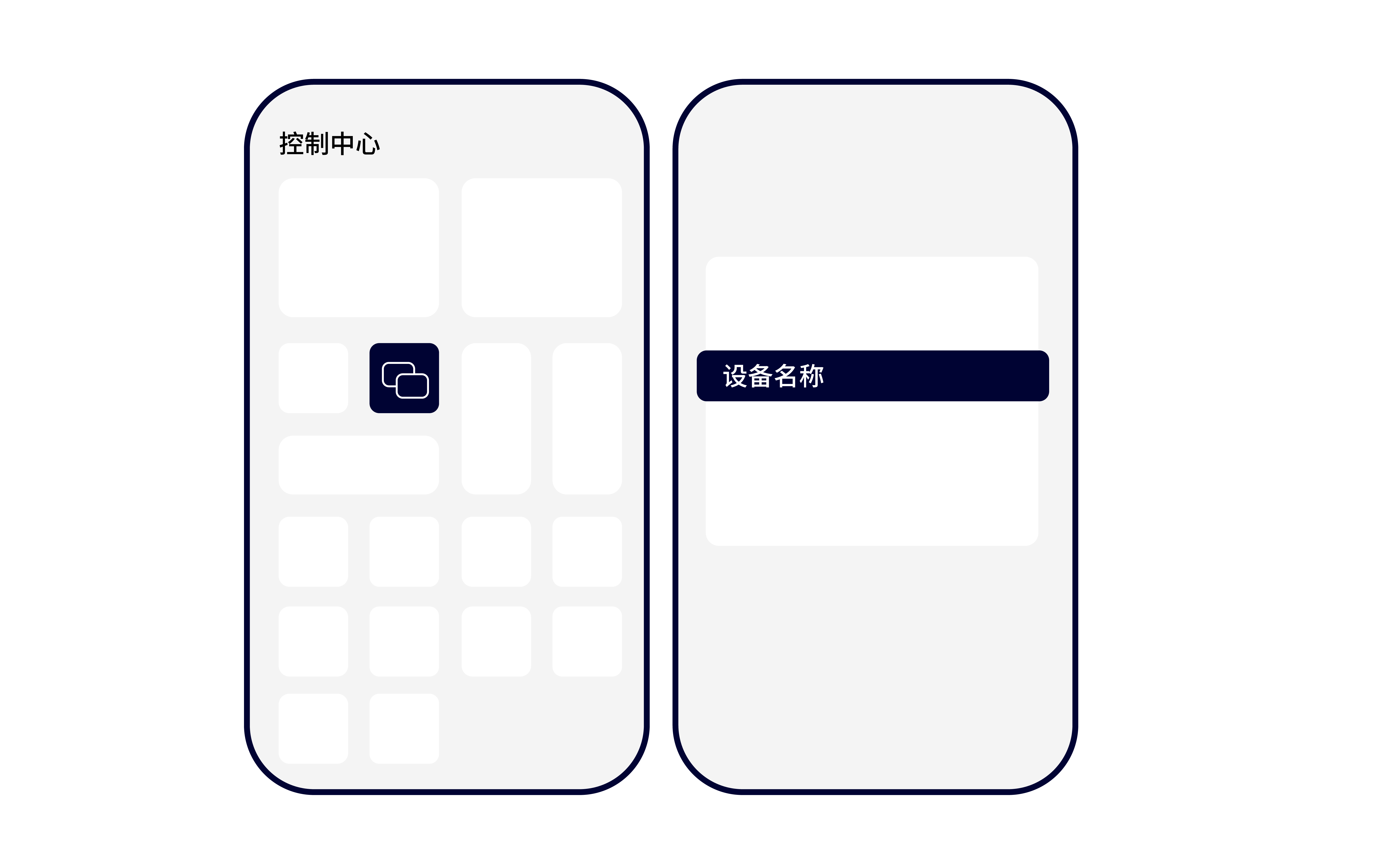Miracast VS. Airplay
Miracast and AirPlay are two different wireless screen projection protocols, each with its own unique characteristics and application scenarios. Here is a detailed comparison of the two:
Developers and compatibility
- Miracast: Developed by the Wi-Fi Alliance in 2012, Miracast is a cross-platform wireless transmission standard. It supports a variety of consumer electronics (3C devices), such as smartphones, tablets, laptops, and TVs. As long as these devices support the Miracast standard, video footage can be shared wirelessly to achieve screen mirroring. Miracast is highly compatible and is not limited to specific brands or operating systems.
- AirPlay: Developed by Apple, it is an important part of the Apple ecosystem. It allows users to wirelessly transfer the screen content of an Apple device (e.g. iPhone, iPad, Mac, etc.) to another compatible device (e.g. Apple TV, Smart TV, or compatible display). Since AirPlay is Apple’s proprietary technology, it is primarily available for Apple devices or devices compatible with Apple’s AirPlay protocol.
The connection method and technical foundation
- Miracast: Based on Wi-Fi Direct technology, it allows for direct connection and screen mirroring between devices. This connection method simplifies the pairing and connection process between devices, while providing high data transfer rates and low latency, thus supporting high-quality audio & video transmission. Miracast enables point-to-point connectivity between devices without going through a wireless hotspot (AP) or router.
- AirPlay: Although it also uses Wi-Fi networks for data transmission, AirPlay’s connection method is relatively complicated. It requires all participating devices to be connected to the same Wi-Fi network, and may require screen mirroring through intermediate devices such as Apple TV. In addition, AirPlay also supports the establishment of a local area network through a wired connection for data transmission, but this method is less used in practical applications.

Function and performance
- Miracast: Supports up to 1080p (full high definition) resolution and 5.1 surround sound, even some devices support 4K resolution. It allows high-quality audio & video transmission and screen mirroring between devices. Miracast also has high flexibility and compatibility, and can be widely used in home entertainment, business meetings and education and training.
- AirPlay: It also supports high-quality audio & video transfer and screen mirroring. Since AirPlay is Apple’s proprietary technology, it generally performs better on Apple devices in terms of compatibility and performance. AirPlay also supports transferring and playing audio and video content from iOS devices or iTunes software, as well as screen mirroring. However, since AirPlay is mainly suitable for Apple devices, its scope of use is relatively limited.
Application scenarios and limitations
- Miracast: Due to its high compatibility and flexibility, Miracast can be widely used in a variety of scenarios. For example, in home entertainment, users can project video content from a smartphone or tablet to a TV to watch; in business meetings, PPT or documents from a laptop can be projected onto a large screen for display; in education and training, teachers can project teaching materials onto projectors in classrooms for students to watch.
- AirPlay: Mainly for Apple device users. In areas such as home entertainment, business meetings, and educational presentations, screen mirroring and audio and video transmission can be easily achieved as long as all devices support the AirPlay protocol and are connected to the same Wi-Fi network. However, due to the relatively limited range of AirPlay usage, it may not be able to meet the needs of some non-Apple device users.